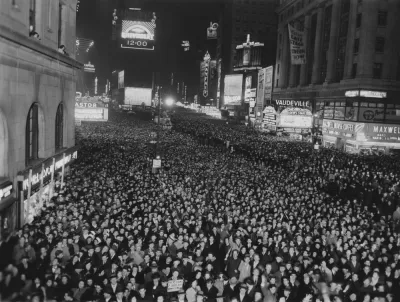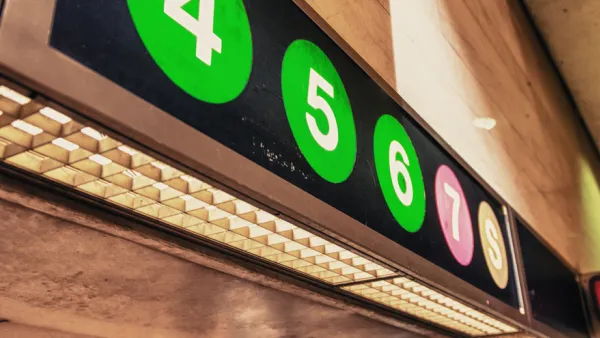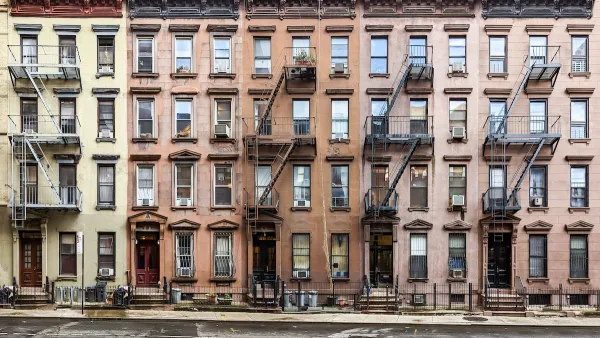For decades, New York City's boom times lay deep in the past. Now that the city's growing again, Aaron Renn says New York may need to take cues from the Sun Belt, of all places.

Like many of its northeastern brethren, New York had long been a manager of its own slow decline. But now, for the nation's biggest city at least, that has obviously changed. Aaron Renn writes, "One reason New York is struggling to deal with subway crowding – and housing and other matters – is that it is now facing a kind of problem northern cities haven't had to deal with in a long, long time: the problem of growth."
After losing population for years, the current boom period simply "refilled" the city to previous capacity. "This was almost like getting free money for places like New York. Their infrastructure had been built for a larger population – in some cities a much larger population – and so there was no need to expand it to accommodate the growth. Life was good."
But now, the city's resurgence threatens to overwhelm public and private infrastructure already in place. "Regardless of the specifics, the question is, what does New York need to do to start thinking like a growth city again? [...] If NYC doesn't figure it out, we already see the consequences: overcrowded trains and soaring housing costs [...]" as well as infrastructure that might not withstand, say, a string of future Hurricane Sandys.
FULL STORY: Sun Belt Problems Come to New York City

National Parks Layoffs Will Cause Communities to Lose Billions
Thousands of essential park workers were laid off this week, just before the busy spring break season.

Retro-silient?: America’s First “Eco-burb,” The Woodlands Turns 50
A master-planned community north of Houston offers lessons on green infrastructure and resilient design, but falls short of its founder’s lofty affordability and walkability goals.

Delivering for America Plan Will Downgrade Mail Service in at Least 49.5 Percent of Zip Codes
Republican and Democrat lawmakers criticize the plan for its disproportionate negative impact on rural communities.

Test News Post 1
This is a summary

Test News Headline 46
Test for the image on the front page.

Balancing Bombs and Butterflies: How the National Guard Protects a Rare Species
The National Guard at Fort Indiantown Gap uses GIS technology and land management strategies to balance military training with conservation efforts, ensuring the survival of the rare eastern regal fritillary butterfly.
Urban Design for Planners 1: Software Tools
This six-course series explores essential urban design concepts using open source software and equips planners with the tools they need to participate fully in the urban design process.
Planning for Universal Design
Learn the tools for implementing Universal Design in planning regulations.
EMC Planning Group, Inc.
Planetizen
Planetizen
Mpact (formerly Rail~Volution)
Great Falls Development Authority, Inc.
HUDs Office of Policy Development and Research
NYU Wagner Graduate School of Public Service




























